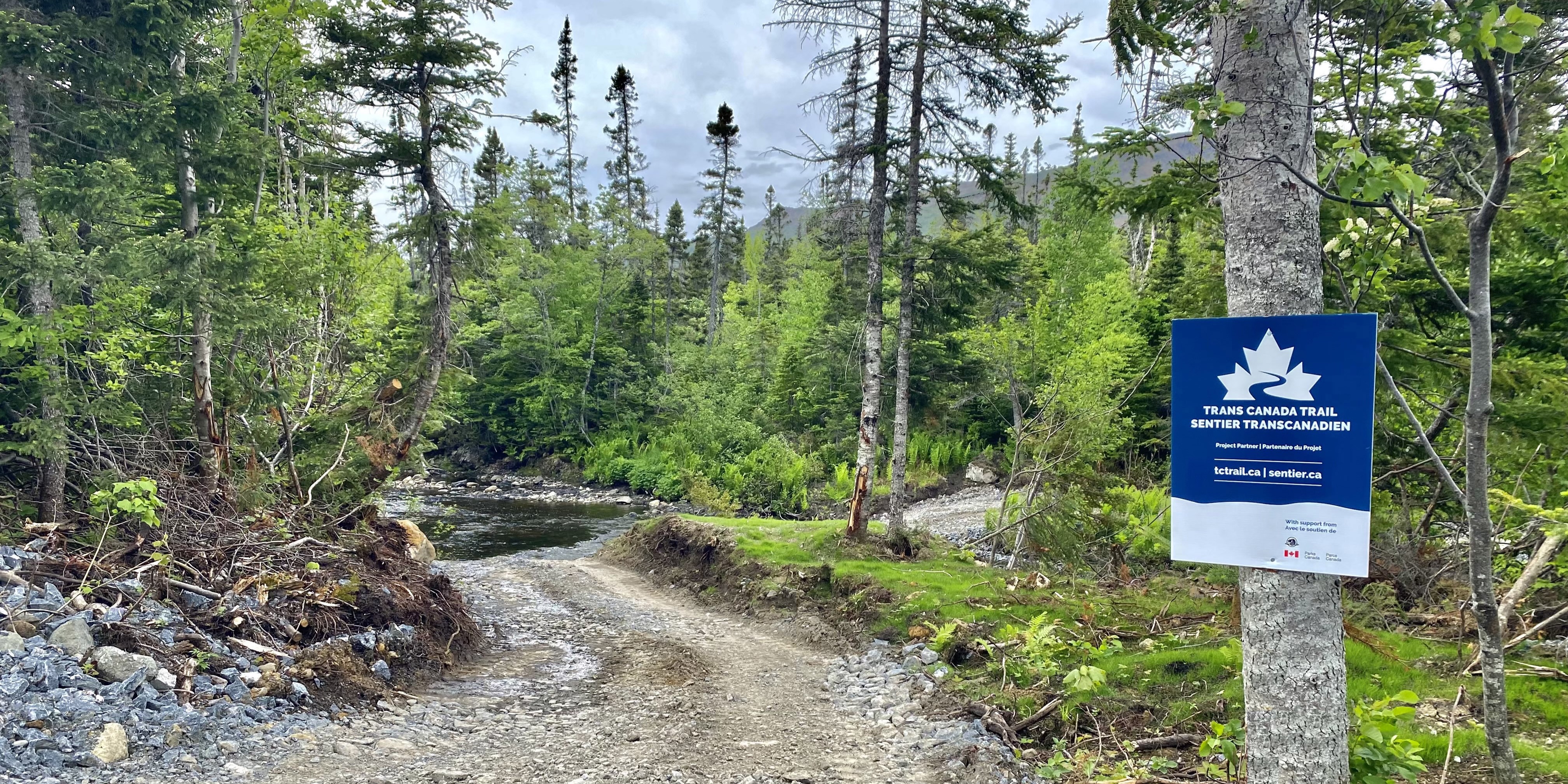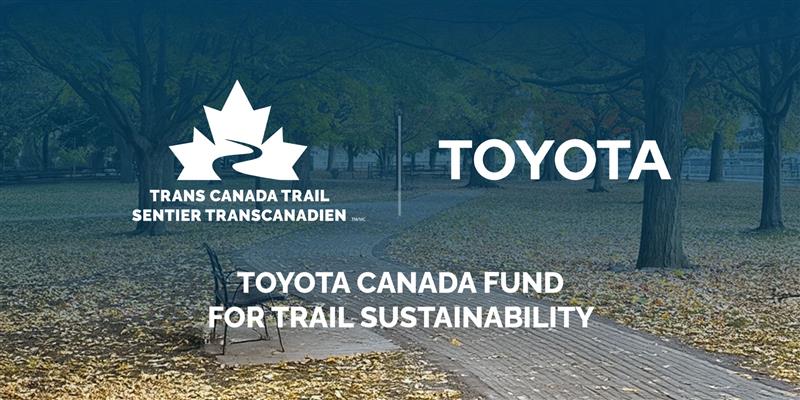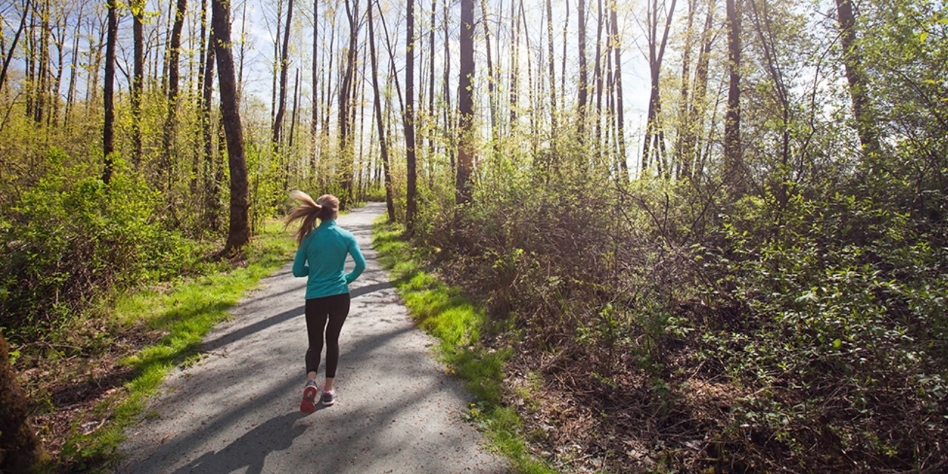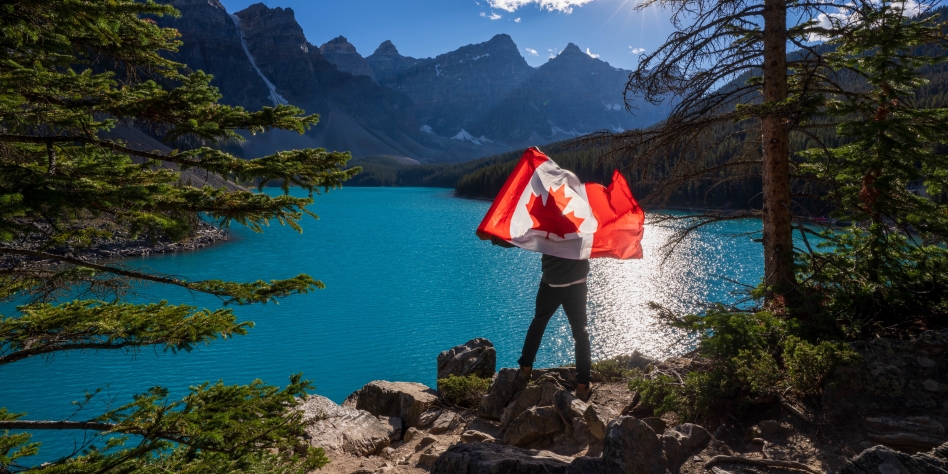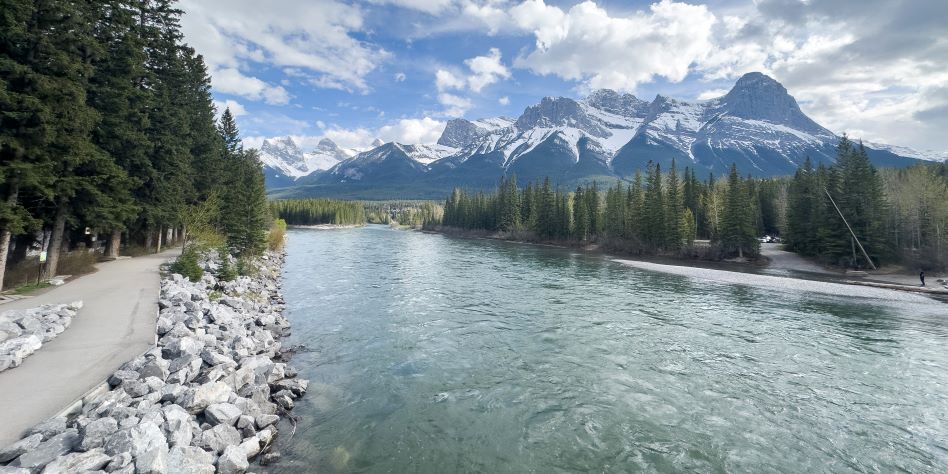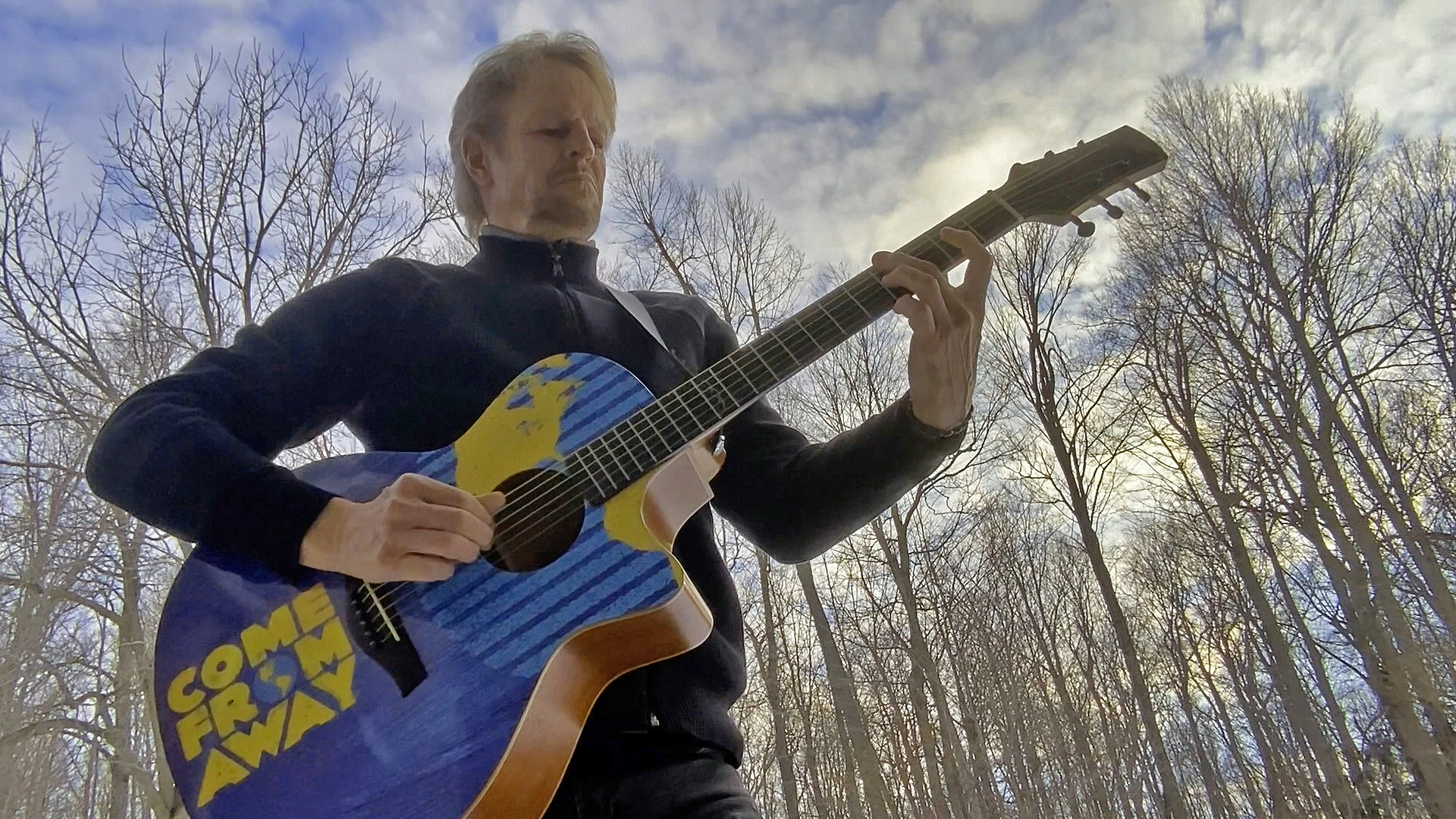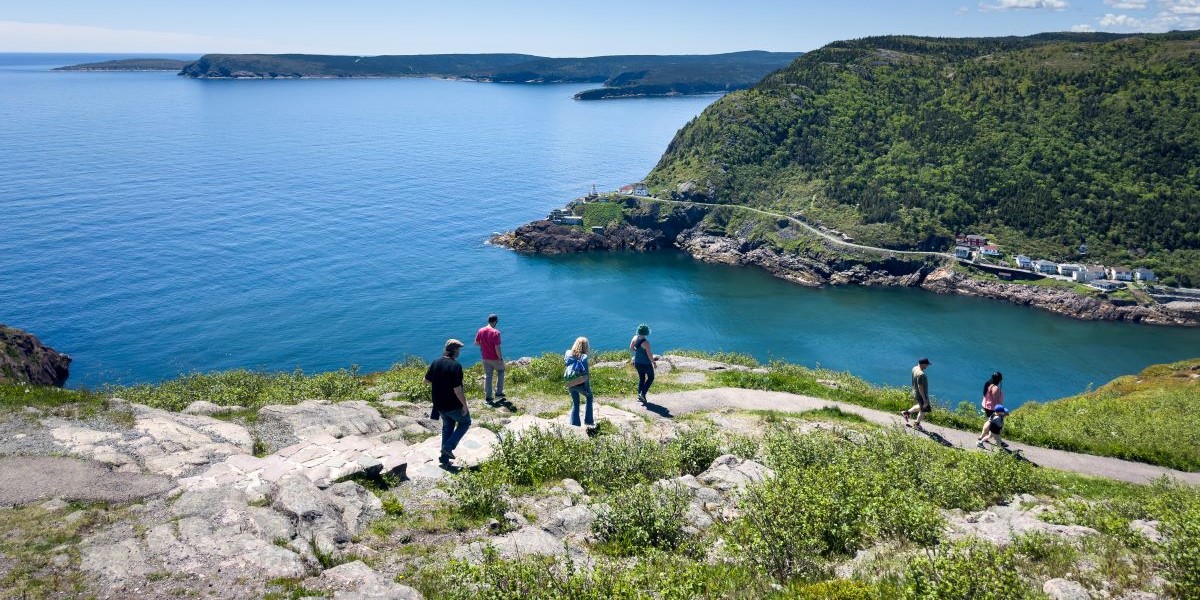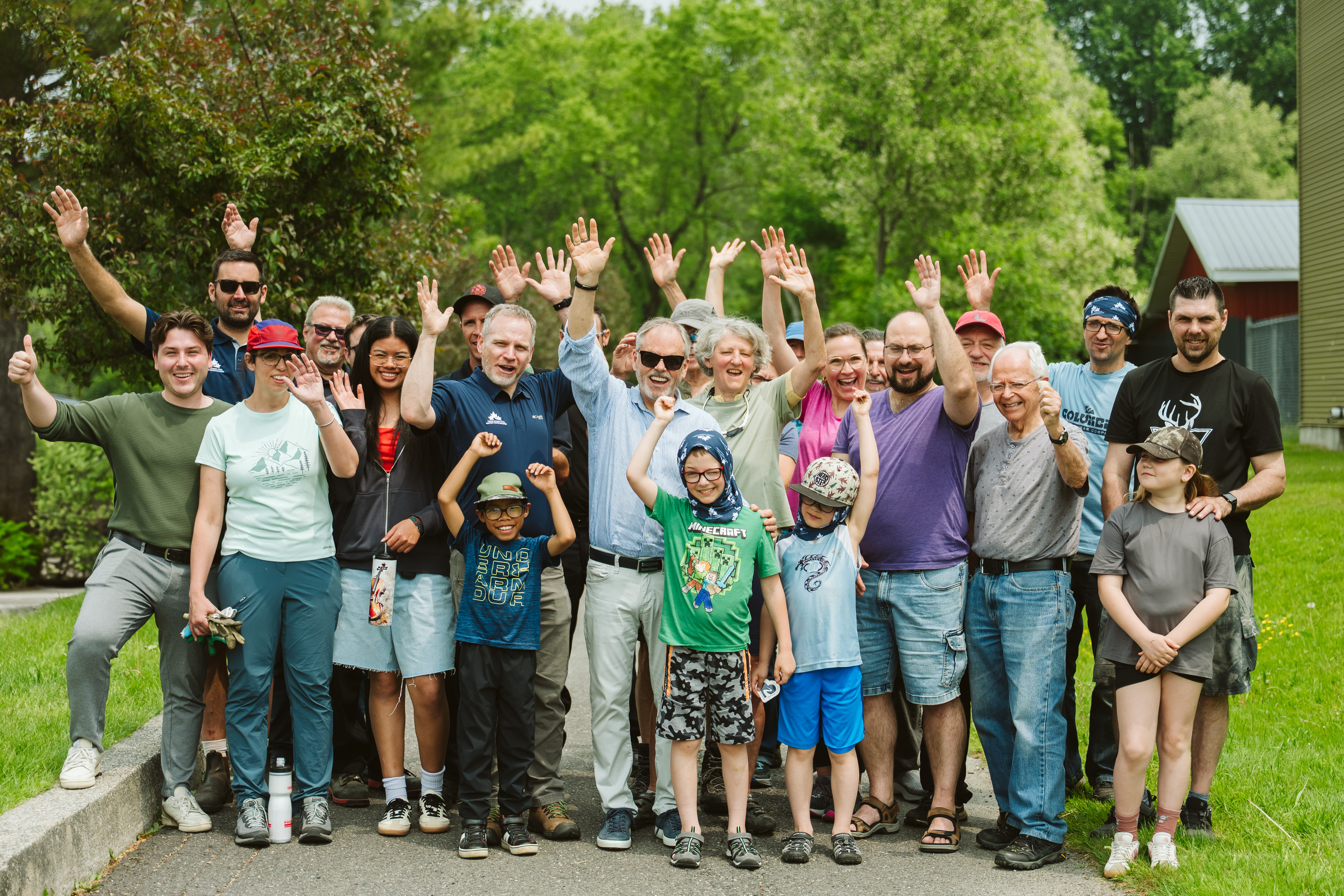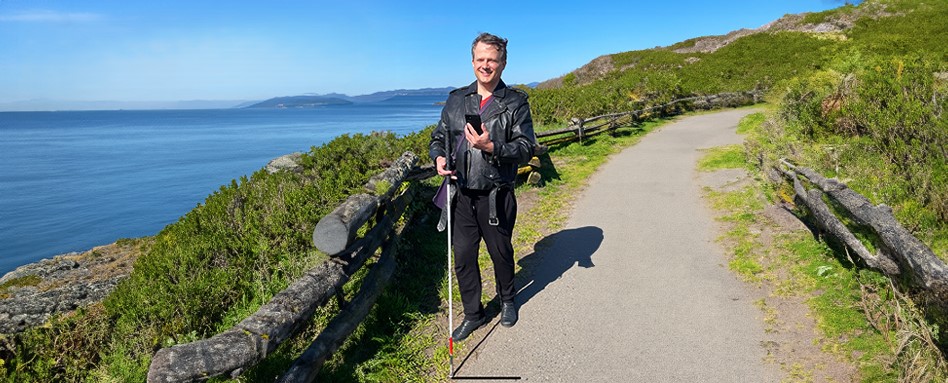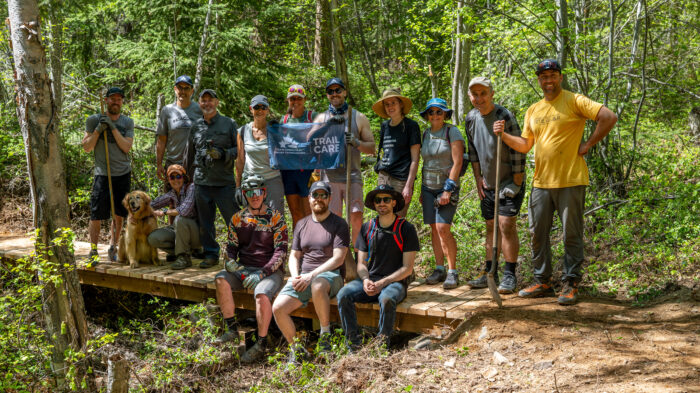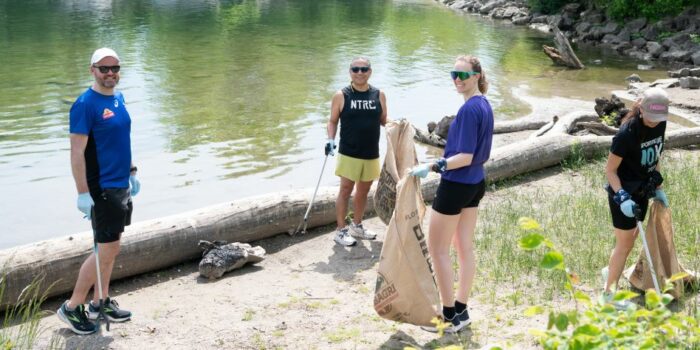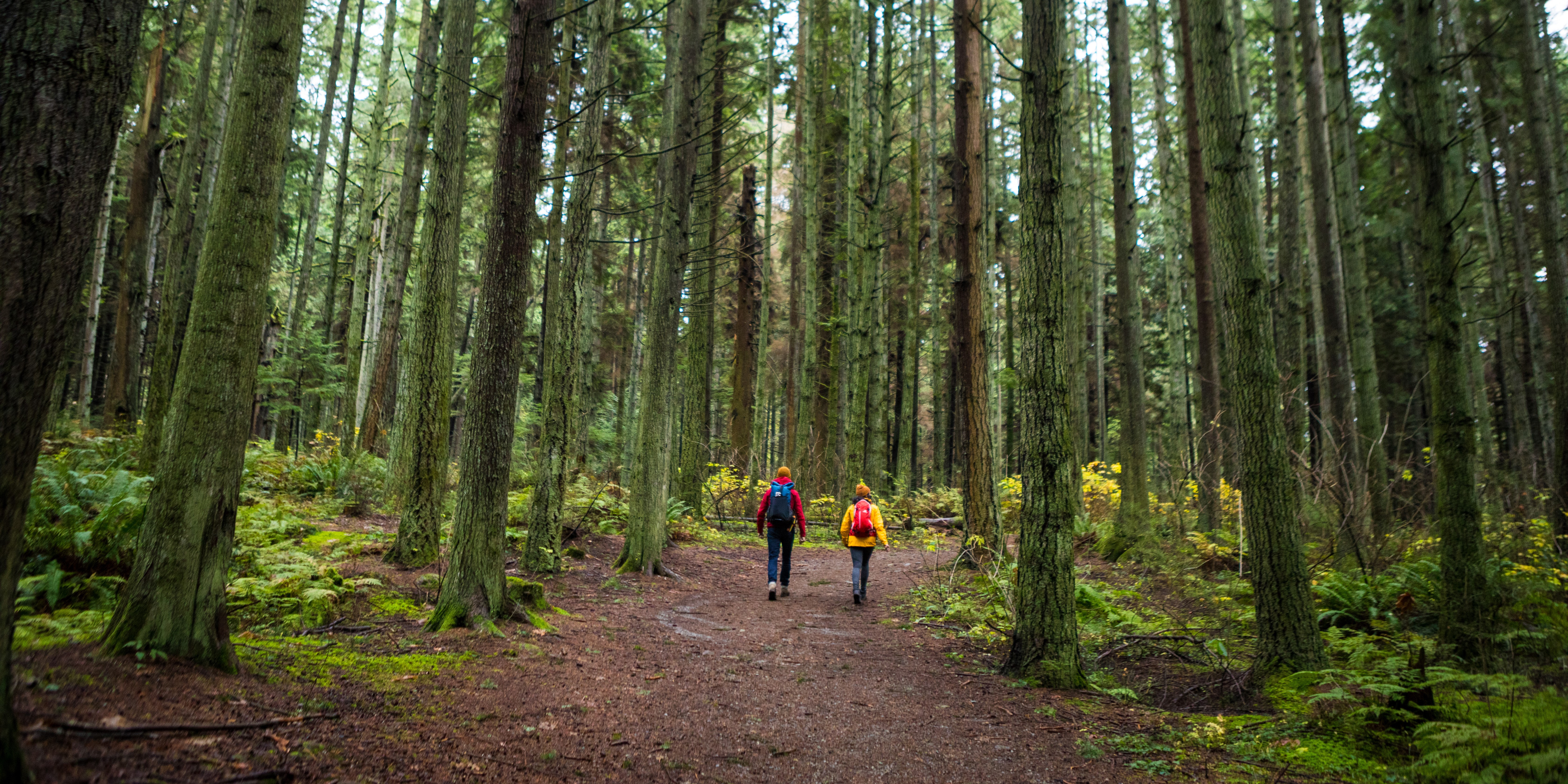From bald eagles to flying squirrels: a volunteer’s take on the Trail in New Brunswick
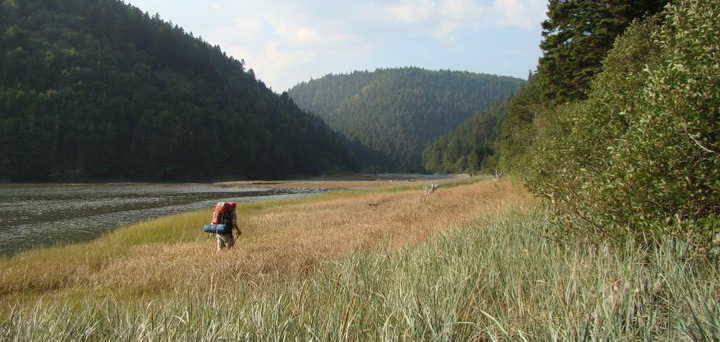
One day on the Dobson Trail, Alonzo Léger saw two moose locking horns during mating season. From a safe distance, he heard a mighty crash and watched as they reared up and sparred. Another instance, on the Fundy Footpath, he stood in awe as the tide washed up a little tent that was swept out to sea the night before. On a more regular basis, Alonzo spots red-tail hawks, flying squirrels and the region’s bountiful red bunchberries.
These are just a few of the natural encounters that keep Alonzo devoted to his work as president of the Fundy Hiking Trail Association—a local trail sponsor of the New Brunswick Trails Council Inc., which in turn oversees Trans Canada Trail (TCT) activity in the province.
“Between the Dobson Trail and the Fundy Footpath, we total 140 kilometres of The Great Trail. That’s a good seven or eight-day trek,” says Alonzo, a retired social service worker and the patriarch of a three-generation clan of Trail volunteers.
The Fundy Hiking Trail Association has been busy upgrading their trails, cutting branches, refreshing the paint on signs, and using local rocks and stones to control erosion. The Dobson Trail is open all year, for hiking, camping, snowshoeing and back-country skiing. It passes through the Acadian forest, with terrain that crosses meadows, follows brooks and passes beaver dams. Hikers hear the gentle swooshing sound of the Kent Hills windmills and enjoy the spectacular Hayward Pinnacle, the second highest point in New Brunswick.
Both the Dobson Trail and the Fundy Footpath house some of the last pure stands of red spruce in eastern North America.
“The Fundy Footpath is what I call a mini rain forest,” says Alonzo, one of the original founders of the Fundy Footpath in 1990. “It’s a bit shorter than the Dobson Trail but it’s more rugged, more humid, with deeper charges along the Bay of Fundy. You see all kinds of wildlife because it’s a migratory route.”
The Fundy Hiking Trail Association is moving toward a “town trail concept”, where small towns are connected by trails and they actively promote one another — much like the Riverview-Alma-St.-Martins section used most often for cycling and hiking. Why not talk up the camp site near the Beaverbrook Dam and tell people about the helpful bear boxes to store food?
“Everyone wins when we promote the benefits of the trails,” says Alonzo, who recently met his goal of attracting younger volunteers to their 50-member ranks. “There has been an increase in backpacking, as well as in women using the trail, especially since the town of Riverview started an outdoor education to encourage female hikers.”
While supporting the town trail concept, the Fundy Hiking Trail Association is also taking the trail back to basics.
“We’re removing eroded old bridges and structures, pulling out anything manmade, to make it more of a natural experience.”
As New Brunswick nears its goal to fully connect the province’s section of The Great Trail by 2017, there are three sections of the Trail with work still underway. The New Brunswick Trails Council is busy clearing, brushing, compacting and surfacing a 22-km section of Trail between Port Elgin and Cape Tormentine.
“We also need to work on the Grand Falls connection — the 800 metres of existing rail bed up to Route 144,” says Poul Jorgensen, the association’s executive director. “It’s in a deep valley, so we have to put in two major culverts. That makes it the most expensive section of Trail in the province, but it’ll get us 99.9% connected.”
So, what’s the final .1%? It’s a 40-foot by 6-foot walking bridge to Cape Jourimain, followed by 75 feet of hiking trail.
“It should cost about $60,000, all in all,” says Jorgensen, who, when prompted, will tell a story about the time a bald eagle flew in front of his truck for a few kilometres up the St. John River Road. “It was incredible. It’s the kind of thing that only happens around the trails.”


